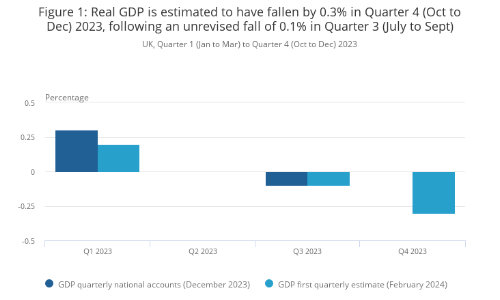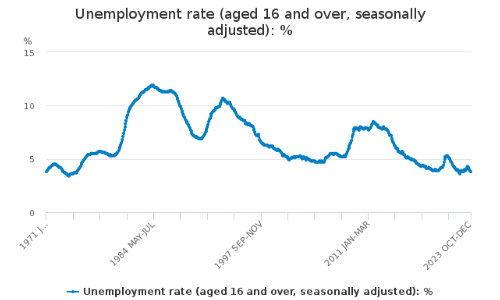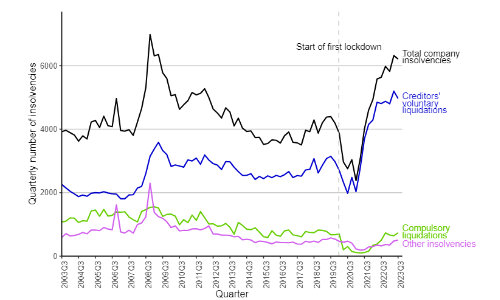Door Controls Direct has proudly partnered with the NHS Emergency and Critical Care Appeal. Find out more here.
01305 263300
Monday to Friday, 8am – 5pm
Menu
-
MenuBack
-
Shop our Brands
keyboard_arrow_down keyboard_arrow_up
-
Door Closers
keyboard_arrow_down keyboard_arrow_up
-
-
Categories
-
-
-
Categories
Categories
- Automatic Door Openers
-
Concealed Door Closers
keyboard_arrow_down keyboard_arrow_up
-
-
-
Categories
Categories
- Door Closer Spare Parts
-
Fire Door Closers
keyboard_arrow_down keyboard_arrow_up
-
-
-
Access Control
keyboard_arrow_down keyboard_arrow_up
-
-
Categories
-
-
-
Categories
-
-
-
Categories
-
-
-
Electric Locking
keyboard_arrow_down keyboard_arrow_up
-
-
Categories
-
-
-
Categories
Categories
-
-
-
Door Handles
keyboard_arrow_down keyboard_arrow_up
-
-
Door Hardware
keyboard_arrow_down keyboard_arrow_up
-
-
-
Categories
Categories
-
-
-
Categories
Categories
-
Door Accessories
keyboard_arrow_down keyboard_arrow_up
- Window Hinges
- Cupboard Hinges
- Door Finger Guards
-
Door Accessories
-
-
-
Categories
Categories
-
Door Signs and House Numbers
keyboard_arrow_down keyboard_arrow_up
-
Door Stops - Wall & Floor
keyboard_arrow_down keyboard_arrow_up
-
General Hardware
keyboard_arrow_down keyboard_arrow_up
- Pocket Door Gear Systems
-
Door Signs and House Numbers
-
-
-
Door Locks & Security
keyboard_arrow_down keyboard_arrow_up
-
-
Categories
Categories
-
Door Latches
keyboard_arrow_down keyboard_arrow_up
-
Mortice Locks
keyboard_arrow_down keyboard_arrow_up
- Rebate Kits and Accessories
-
Door Latches
-
-
-
Categories
Categories
-
5 Lever Locks
keyboard_arrow_down keyboard_arrow_up
-
Night Latches
keyboard_arrow_down keyboard_arrow_up
-
5 Lever Locks
-
-
-
Categories
Categories
- Bathroom Door Locks
- Key Safes
- Safes
-
Specialist Door Locks
keyboard_arrow_down keyboard_arrow_up
-
-
-
Categories
Categories
-
Cylinder Lock Barrels
keyboard_arrow_down keyboard_arrow_up
- Digital Keypad Door Locks
- Door & Window Security
- Padlocks, Hasps & Staples
-
Cylinder Lock Barrels
-
-
-
Panic Hardware
keyboard_arrow_down keyboard_arrow_up
-
-
Categories
Categories
-
-
-
Categories
Categories
-
-
-
Fire Door Ironmongery
keyboard_arrow_down keyboard_arrow_up
-
-
Categories
-
-
-
Categories
Categories
- Fire Door Hinges
-
Fire Door Intumescent Protection
keyboard_arrow_down keyboard_arrow_up
-
-
-
Categories
Categories
-
Fire Door Signs
keyboard_arrow_down keyboard_arrow_up
- Fire Exit Signs
-
Fire Door Signs
-
-
- My Account
- Basket



















 Previous Post
Previous Post
Comments